Christian Constanda, S. Potapenko0817646701, 9780817646714, 9780817646707
An outgrowth of the Ninth International Conference on Integral Methods in Science and Engineering, this work illustrates the application of integral methods to diverse problems in mathematics, physics, biology, and engineering. The thirty two chapters of the book, written by scientists with established credentials in their fields, contain state-of-the-art information on current research in a variety of important practical disciplines. The problems examined arise in real-life processes and phenomena, and the solution techniques range from theoretical integral equations to finite and boundary elements.
Specific topics covered include spectral computations, atmospheric pollutant dispersion, vibration of drilling masts, bending of thermoelastic plates, homogenization, equilibria in nonlinear elasticity, modeling of syringomyelia, fractional diffusion equations, operators on Lipschitz domains, systems with concentrated masses, transmission problems, equilibrium shape of axisymmetric vesicles, boundary layer theory, and many more.
Integral Methods in Science and Engineering is a useful and practical guide to a variety of topics of interest to pure and applied mathematicians, physicists, biologists, and civil and mechanical engineers, at both the professional and graduate student level.
Table of contents :
Y……Page
Preface ix 7……Page 0007
List of Contributors xi 9……Page 0009
superconvergence, 1……Page 0015
Galerkin approximation, 3……Page 0017
absolute discretization error, 4……Page 0018
1.5 Numerical Evidence 20……Page 0020
eigenvalue problem, 9……Page 0023
Kantorovich–Krylov approximations, 10……Page 0024
Sylvester equation, 13……Page 0027
— 17……Page 0031
3.2 Model Formulation 32……Page 0032
solid–liquid interface, 19……Page 0033
Nystrom method, 21……Page 0035
laser-induced melting, 23……Page 0037
3.7 Conclusions 39……Page 0039
planetary boundary layer (PBL), 27……Page 0041
— Technique (GILTT), 28……Page 0042
4.3 Experimental Data Analysis 44……Page 0044
4.5 Final Remarks 46……Page 0046
— 37……Page 0051
5.3 Mathematical Filter Definition 52……Page 0052
5.4 Double GITT Application for 2D Dispersion Model 53……Page 0053
Taylor statistical theory, 41……Page 0055
5.6 Conclusion 59……Page 0059
transient acoustic radiation, 47……Page 0061
6.2 Mathematical Formulation of the Problem 62……Page 0062
Bromwich inversion formula, 50……Page 0064
6.4 Conclusion 68……Page 0068
mode shapes of drilling masts, 55……Page 0069
— 57……Page 0071
free vibrations of a drilling mast, 58……Page 0072
7.5 Numerical Application 73……Page 0073
7.7 Conclusions 74……Page 0074
time-dependent bending of plates, 63……Page 0077
8.3 The Laplace-Transformed Boundary Value Problems 79……Page 0079
thermoelastic plate layer-potentials, 68……Page 0082
— equations, 70……Page 0084
9.1 The Mathematical Model 89……Page 0089
— 76……Page 0090
9.3 The Analogs of Green’s Formulas in the Transform 91……Page 0091
Poincare–Steklov operator, 79……Page 0093
9.5 The Variational Time-Dependent Problems 94……Page 0094
— 83……Page 0097
elastic plate layer-potentials, 84……Page 0098
singular integral equations, 85……Page 0099
10.4 Illustrative Example 100……Page 0100
11.2 Some Concepts of Convergence 103……Page 0103
11.3 Two-Scale Convergence for Perforated Domains 105……Page 0105
— e inequality, 94……Page 0108
poroelastic half-space, 99……Page 0113
shear wave, 100……Page 0114
12.2.1 Helmholtz Potential Decomposition 115……Page 0115
12.3 General Solution of the 2D Problem 117……Page 0117
12.3.1 Harmonic Response 119……Page 0119
12.3 for the poroelastic parameters of the Berea sandstone [CSD06] (see Table 120……Page 0120
uniqueness in nonlinear elasticity, 109……Page 0123
radial equilibria, 112……Page 0126
voids in the spinal cord, 119……Page 0133
14.3 Mathematical Model 134……Page 0134
14.5 Conclusions 139……Page 0139
system iteration, 127……Page 0141
15.2.1 Example 1 144……Page 0144
15.2.3 Example 3 145……Page 0145
15.2.4 Example 4 146……Page 0146
15.3 Remarks and Conclusions 147……Page 0147
Taylor series, 135……Page 0149
16.3 Numerical Integration Method 150……Page 0150
16.4 Numerical Example 151……Page 0151
16.4.1 Simple Example 152……Page 0152
Kahaner’s test problem, 139……Page 0153
16.5 Conclusion 154……Page 0154
fractional diffusion equation, 141……Page 0155
-Leffler functions, 142……Page 0156
17.2.2 The Boundary Integral Equation 157……Page 0157
17.4 The Mapping Properties 158……Page 0158
co-normal derivative operator, 149……Page 0163
test functions, 150……Page 0164
18.3 Partial Differential Operator Extensions and 169……Page 0169
divergence-free vector field, 161……Page 0175
Poisson problem, 163……Page 0177
19.3 Proof of Theorem 1 180……Page 0180
19.4 Another Application of Theorem 2 182……Page 0182
Gaussian model, 171……Page 0185
turbulent fluxes of contaminant, 172……Page 0186
— 175……Page 0189
Gaussian quadrature, 176……Page 0190
20.6 Conclusions 192……Page 0192
— masses, 181……Page 0195
evolution problem, 182……Page 0196
spectral perturbation problem, 183……Page 0197
21.3 The Evolution Problem 201……Page 0201
two-sided estimates, 191……Page 0205
Piola stress tensor, 192……Page 0206
stretching of an isotropic cylinder, 195……Page 0209
22.4 Numerical Results for Circular Cylinders 211……Page 0211
— 201……Page 0215
23.2 Preliminaries 216……Page 0216
23.4 Radiation Conditions 217……Page 0217
— Dirichlet boundary conditions, 204……Page 0218
transmission problems, 207……Page 0221
Brakhage–Werner potentials, 209……Page 0223
pointwise convergence, 210……Page 0224
24.4 Convergence at the Discrete Level 226……Page 0226
24.5 Numerical Examples 227……Page 0227
boundary element method, 217……Page 0231
Yukawa’s equation, 219……Page 0233
Petrov–Galerkin scheme, 220……Page 0234
25.3.2 The Neumann Problem and the First Formula 236……Page 0236
25.3.4 Mixed Boundary Conditions 237……Page 0237
25.4 Appendix: Petrov–Galerkin Methods 238……Page 0238
reciprocity in elastomechanics, 227……Page 0241
rigid indentor, 228……Page 0242
26.3 Solution of the Contact Problem via Betti’s 244……Page 0244
26.4 The Cable Jacking Test 246……Page 0246
26.5 Conclusions 248……Page 0248
atomic force microscope (AFM), 237……Page 0251
van der Waal interaction, 238……Page 0252
point collocation, 239……Page 0253
sphere–plane capacitance system, 240……Page 0254
27.3.1 Formulation 255……Page 0255
27.3.2 Predicted Images for a Test Case 256……Page 0256
27.4 Conclusions 257……Page 0257
plane asymmetric elasticity, 247……Page 0261
Neumann boundary value problem, 248……Page 0262
— 249……Page 0263
28.4 Boundary Element Method 264……Page 0264
28.5 Example 265……Page 0265
28.6 Summary 269……Page 0269
transverse vibrations of a beam, 257……Page 0271
29.1.1 Exact Controllability Problem 272……Page 0272
— 259……Page 0273
29.2.3 Generation of a Gevrey-Class Semigroup 274……Page 0274
nonharmonic exponentials, 261……Page 0275
29.3.3 Exact and Approximate Controllability 276……Page 0276
axisymmetric vesicles, 267……Page 0281
shape equation, 269……Page 0283
30.3.1 Variation in the ?-Direction 284……Page 0284
Lagrange multiplier method, 272……Page 0286
30.3.4 Vesicles with Distinct Topological Shapes 287……Page 0287
30.4 Conclusion 288……Page 0288
positive solutions, 277……Page 0291
31.2 Properties of the Positive Solutions of (31.2) 292……Page 0292
31.3 Properties of the Solutions of (31.1) 295……Page 0295
system, 285……Page 0299
32.2 Formulation 300……Page 0300
32.3.1 Zeroth-Order Perturbation 301……Page 0301
32.3.2 Solution of L0? = f(?)g(?1,?2,?) 302……Page 0302
32.3.4 Second-Order Perturbation 304……Page 0304
32.4 Numerical Simulation 305……Page 0305
32.5 Conclusions 307……Page 0307
Index 309……Page 0309
ПРЕДМЕТНЫЙ УКАЗАТЕЛЬ(eng)……Page 1
Babuska–Brezzi condition, 225……Page 0239
backward Kolmogoreov equation, 289……Page 0303
Blatz–Ko material, 196……Page 0210
temperature ‘moment’, 64……Page 0078
boundary stress operator, 84……Page 98
202……Page 216
displacement method, 56……Page 0070
direct method, 75……Page 89
86……Page 100
Neumann boundary conditions, 63……Page 77
76……Page 90
— 89……Page 103
163……Page 177
219……Page 233
238……Page 252
dispersion relation, 104……Page 0118
double iteration, 14……Page 0028
extension operator, 154……Page 0168
finite element method, 121……Page 0135
first Green identity, 156……Page 0170
141……Page 155
142……Page 156
209……Page 223
239……Page 253
Garding inequality, 147……Page 0161
uniform Hadamard inequality, 193……Page 0207
Green’s formula, 19……Page 33
77……Page 91
Hankel transformation, 229……Page 0243
harmonic theory, 27……Page 41
171……Page 185
Korn’s inequality, 194……Page 0208
Laplace transformation, 47……Page 61
Sobolev space, 65……Page 79
145……Page 159
204……Page 218
Peclet number, 174……Page 0188
strong ellipticity, 110……Page 0124
principal symbol, 145……Page 0159
radiation condition, 203……Page 217
207……Page 221
Rellich’s lemma, 205……Page 0219
scale-invariance property, 113……Page 0127
second Green formula, 157……Page 0171
83……Page 97
149……Page 163
— 192……Page 206
218……Page 232
249……Page 263
259……Page 273
Somigliana formula, 78……Page 92
250……Page 264
stiffness matrix, 59……Page 73
121……Page 135
Sturm–Liouville problem, 37……Page 51
260……Page 274
thermoelastic plate potential, 68……Page 82
79……Page 93
variational problem, 67……Page 81
143……Page 157
150……Page 164
161……Page 175
transfer equation, 2……Page 0016
two-scale limits, 90……Page 0104
80……Page 94
224……Page 238
— kind, 20……Page 0034
wavelet bases, 162……Page 0176
weak solution, 71……Page 85
81……Page 95
85……Page 99
110……Page 124
weakly singular integral operators, 1……Page 15
9……Page 23
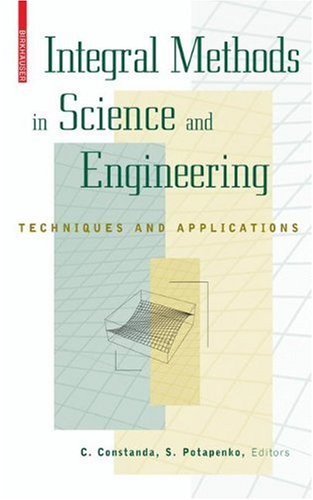

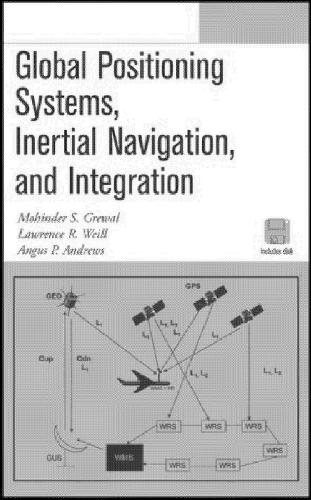
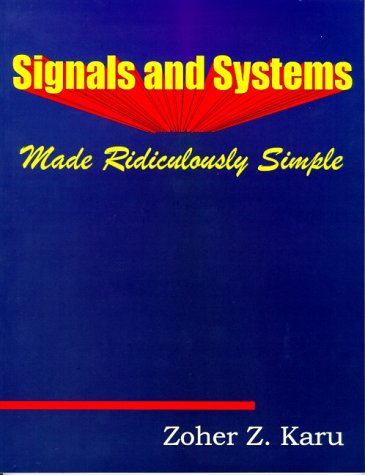

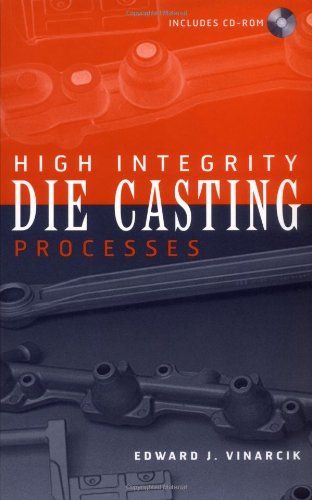
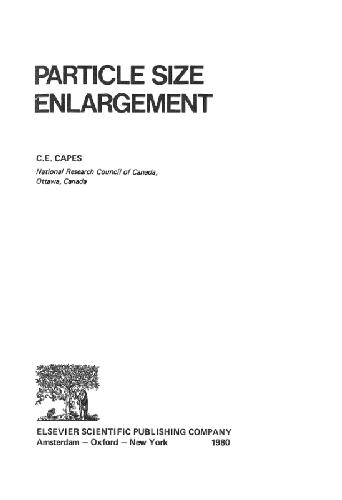
Reviews
There are no reviews yet.